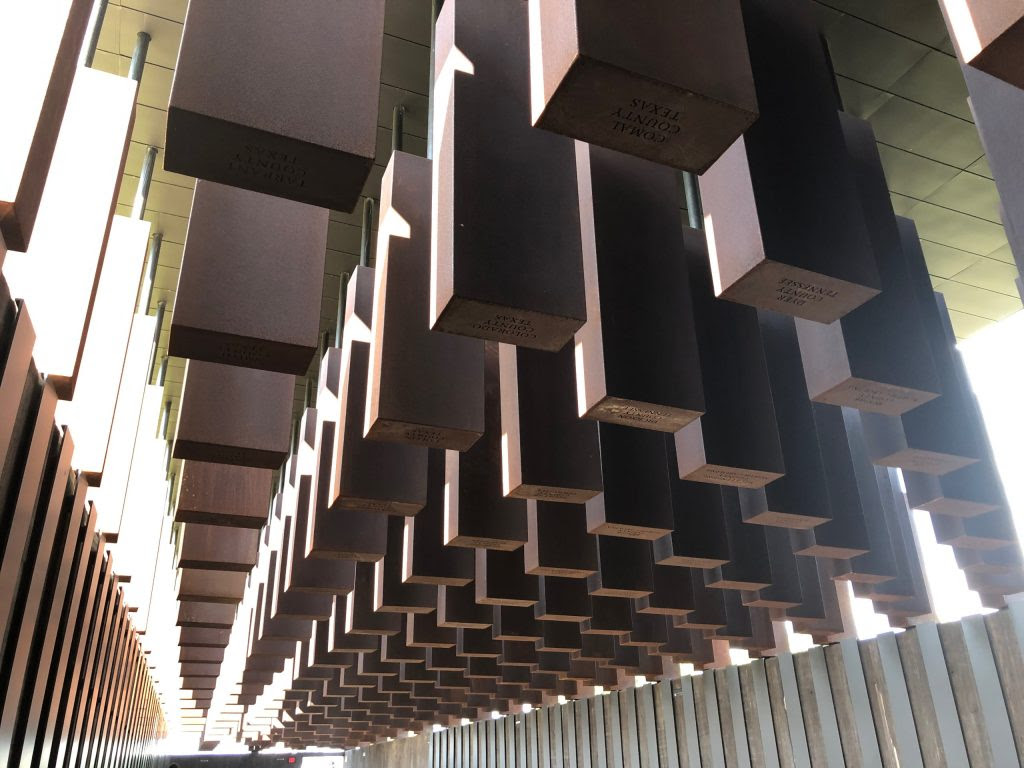The Stages of Memory: Reflections on Memorial Art, Loss, and the Spaces Between
Document Type
Presentation
Date of Original Version
2-3-2022
Abstract
In this slide-lecture, James E. Young traces what he calls an “arc of memorial vernacular” from Maya Lin’s design for the Vietnam Veterans Memorial, to Holocaust counter-monuments in Germany, to Berlin’s Denkmal for the murdered Jews of Europe, to the 9/11 Memorial in New York City, ending with the National Memorial for Peace and Justice in Montgomery, Alabama. Along the way, he will draw on his experiences as a juror for both the Denkmal in Berlin and the 9/11 Memorial in New York to reflect on these memorials as ongoing processes, whose significance and meanings continue to evolve over time.
Professor Young is Distinguished University Professor of English and Judaic Studies Emeritus and Founding Director of the Institute for Holocaust, Genocide, and Memory Studies at the University of Massachusetts, Amherst. He also chaired the Department of Judaic & Near Eastern Studies between 1998 and 2010, when he founded the Institute for Holocaust, Genocide, and Memory Studies at UMass Amherst. Professor Young is the author of Writing and Rewriting the Holocaust; The Texture of Memory, which won the National Jewish Book Award in 1994; At Memory’s Edge: After-images of the Holocaust in Contemporary Art and Architecture; and The Stages of Memory: Reflections on Memorial Art, Loss, and the Spaces Between, which won the National Council for Public History Book Award in 2017. He was also the Guest Curator and exhibition catalogue editor of an exhibition at the Jewish Museum in New York City, entitled “The Art of Memory: Holocaust Memorials in History” (with venues in Berlin and Munich).
In 1997, Professor Young was appointed by the Berlin Senate to the five-member Findungskommission for Germany’s national “Memorial to Europe’s Murdered Jews,” finished and dedicated in May 2005. He has also consulted with Argentina’s government on its memorial to the desaparacidos, as well as with numerous city agencies on their memorials and museums. More recently, he served on the jury for the design competition for the World Trade Center Memorial, which opened on September 11th, 2011. At present he is completing an insider’s story about that project, entitled Memory at Ground Zero: A Juror’s Report on the World Trade Center Site Memorial and Museum.
Professor Young has written widely on public art, memorials, and national memory in both national newspapers and scholarly journals. He is the recipient of numerous awards and fellowships, including a Guggenheim Fellowship, ACLS Fellowship, NEH Exhibition planning, implementation, and research grants, Memorial Foundation for Jewish Culture Grants, an American Philosophical Society Grant, and a Yad Hanadiv Fellowship at the Hebrew University in Jerusalem.

